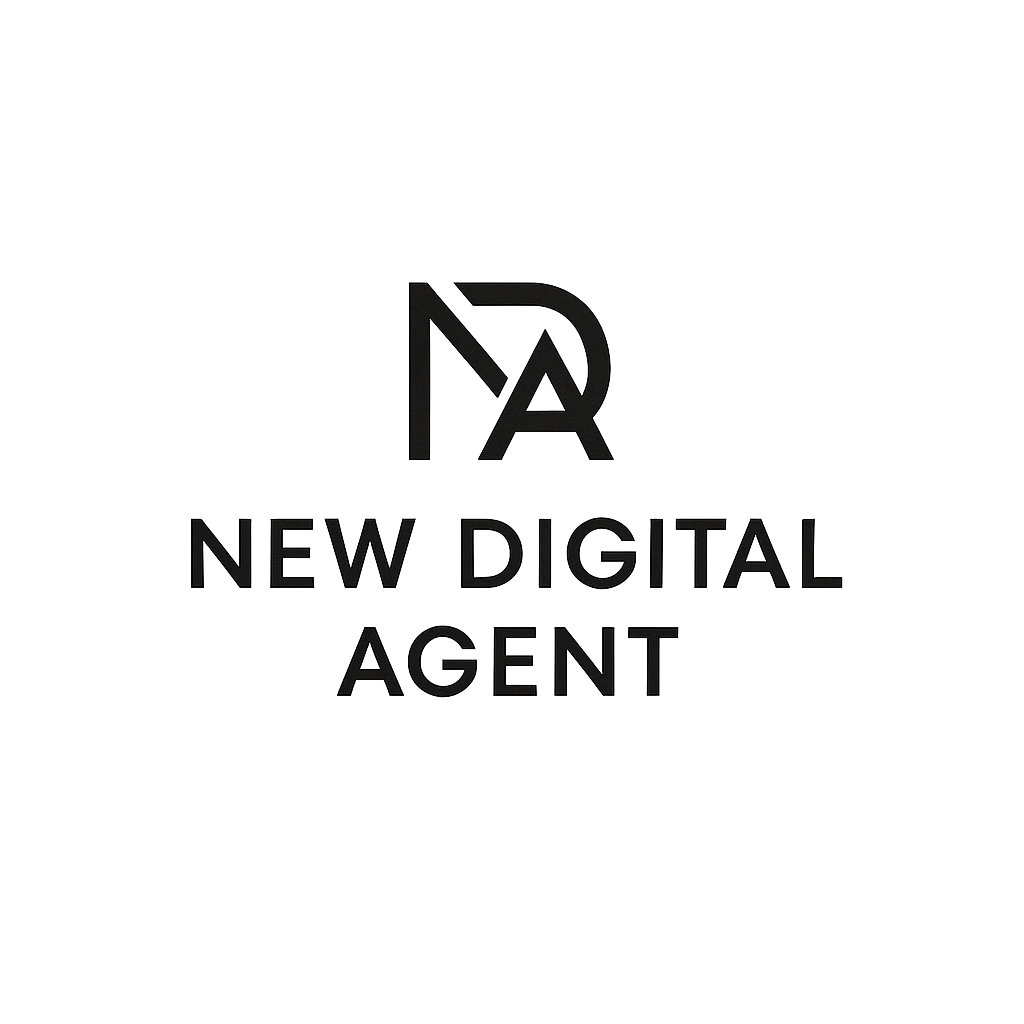Understanding the Sales Opportunity Gap in Insurance
In the competitive landscape of the insurance industry, the ability to seize sales opportunities is paramount for agents striving to grow their client base and boost revenue. However, many agents grapple with significant challenges that hinder their performance. Common pain points include inefficient communication practices, slow response times, and the reliance on outdated data management systems, all of which contribute to what is known as the sales opportunity gap.
Inefficient communication is one of the primary factors leading to lost sales opportunities. For instance, when agents fail to respond to potential clients promptly, they risk losing the chance to convert inquiries into actual policies. A study indicates that 78% of consumers will choose a competitor after receiving poor communication during their initial interactions, highlighting the need for agents to enhance their responsiveness. Moreover, the lack of a streamlined communication channel can lead to misunderstandings and misaligned expectations, further exacerbating the issue.
In addition to communication challenges, slow response times can significantly impede an agent’s ability to capitalize on prospective sales. In a market where consumers expect immediate assistance, delays can translate to lost customers and diminished trust in the agent’s services. For instance, if an agent takes several days to follow up on a quote, that could not only result in the loss of that sale but also jeopardize the possibility of future referrals from that dissatisfied client.
Furthermore, outdated data management systems can lead to inefficiencies that contribute to missed opportunities. Insurers that utilize legacy systems often experience difficulties in accessing real-time data, which can inhibit agents from making informed decisions swiftly. This lack of timely information not only impacts the agents’ ability to engage effectively with potential clients but can also lead to errors in policy management, affecting overall service quality and customer satisfaction.
Understanding these pain points is crucial for insurance agents aiming to enhance their sales processes. The consequences of neglecting these issues can significantly diminish revenue potential and negatively affect client relationships. Once agents recognize the impact of these factors, they can take strategic steps toward improvement, ultimately closing the sales opportunity gap.
The Drawbacks of Legacy Systems in Insurance Operations
In the insurance industry, the reliance on legacy systems can lead to significant operational inefficiencies that hinder the effectiveness of agents. One of the primary drawbacks of these outdated technological frameworks is the slow data retrieval process. Agents often find themselves spending valuable time searching for essential information across multiple databases or outdated platforms. This delay not only frustrates agents but also impacts the client experience, as timely responses are critical in converting leads into actual sales.
Moreover, legacy systems typically lack seamless integration with modern technologies, which further complicates operations within insurance agencies. As new software solutions and applications emerge to enhance efficiency, organizations dependent on legacy systems face challenges in adopting these innovations due to incompatible architectures. This disconnect leads to a fragmented workflow where agents must toggle between various applications, detracting from their productivity and focus on sales activities. Consequently, the potential for missed opportunities increases as agents struggle to maintain a cohesive understanding of client needs.
Additionally, managing vast amounts of information becomes increasingly complicated with legacy systems. The overwhelming volume of data and the inadequacy of these systems to process and analyze it effectively create bottlenecks in insurance operations. Agents may find it challenging to access comprehensive insights about clients or market trends, which are crucial for making informed decisions. The inability to swiftly utilize data hampers agents’ capability to identify and respond to opportunities, further emphasizing the detrimental impact of outdated technology on insurance sales activities. Ultimately, these pain points highlight why insurance agencies must reevaluate their reliance on legacy systems and consider more robust, future-proof solutions to enhance their operational effectiveness.
How AI Can Transform Insurance Sales Processes
The integration of artificial intelligence (AI) in insurance sales processes presents a transformative opportunity for agencies looking to enhance their efficiency and competitiveness. Legacy systems often hinder operational performance, leading to missed sales opportunities and diminished customer satisfaction. By incorporating AI technologies, insurance agents can alleviate many common pain points and streamline their processes effectively.
One of the key advantages of AI lies in its ability to automate mundane tasks that typically consume valuable agent time. For instance, AI-driven chatbots can handle routine inquiries and provide instant support to customers, thereby allowing agents to focus on complex cases that require personalized attention. This not only enhances productivity but also improves the overall customer experience, as clients receive timely responses to their queries.
Moreover, AI can significantly enhance data analysis capabilities, enabling agents to make informed decisions based on real-time insights. Predictive analytics can identify potential leads by analyzing customer behavior and preferences, helping insurance agencies target their marketing efforts more efficiently. By leveraging these advanced data analytics tools, agents can develop tailored solutions that address individual client needs, thus optimizing the sales process.
Case studies illustrate the tangible benefits realized by insurance agencies that have adopted AI technologies. For example, several leading firms have reported a notable increase in conversion rates and improved customer engagement owing to AI-enhanced personalized marketing strategies. These implementations have demonstrated that AI not only reduces operational bottlenecks but also fosters a more proactive approach to customer relationship management.
In light of these benefits, it is evident that integrating AI into the insurance sales process can provide agencies with a competitive edge. By embracing this technology, insurance agents can transform their operational efficiencies, enhance customer interactions, and ultimately drive higher sales performance.
Implementing AI Solutions: Steps Towards Enhancing Sales Opportunities
To effectively enhance sales opportunities, insurance agents must begin by thoroughly assessing their current systems. Understanding existing workflows and identifying bottlenecks is the first essential step in this transformation. It allows agents to pinpoint specific areas where artificial intelligence can streamline operations, improve customer interactions, and ultimately drive more sales. A comprehensive evaluation typically includes reviewing data management practices, client communication protocols, and performance metrics to grasp where improvements can be made.
Once the current systems are assessed, the next step is selecting the appropriate AI tools suited for the insurance industry. Various solutions are available, from customer relationship management (CRM) systems powered by AI to advanced data analytics platforms that help forecast trends and consumer behaviors. Agents should consider tools that integrate well with existing frameworks and can effectively address the identified needs. This alignment will not only facilitate a smoother transition but also ensure that the selected technologies provide maximum value.
Training staff is another critical factor in successfully implementing AI solutions. Employees should be educated about how these tools work and how they can enhance their daily tasks. Upskilling staff promotes a positive attitude towards new technologies and helps reduce resistance to change. Regular training sessions and workshops can foster a culture of continuous learning and adaptability within the organization.
Finally, integrating new technologies should be approached systematically to avoid operational disruptions. Gradual implementation and testing phases can help assess the effectiveness of AI tools and provide opportunities for adjustments based on real-time feedback. Insurance agents may face challenges, such as data compatibility issues or employee reluctance to adopt new methods. However, addressing these potential roadblocks with clear communication, ongoing support, and strong leadership can make the transition smoother and more effective, ultimately allowing agents to leverage AI tools to capture more valuable sales opportunities.


